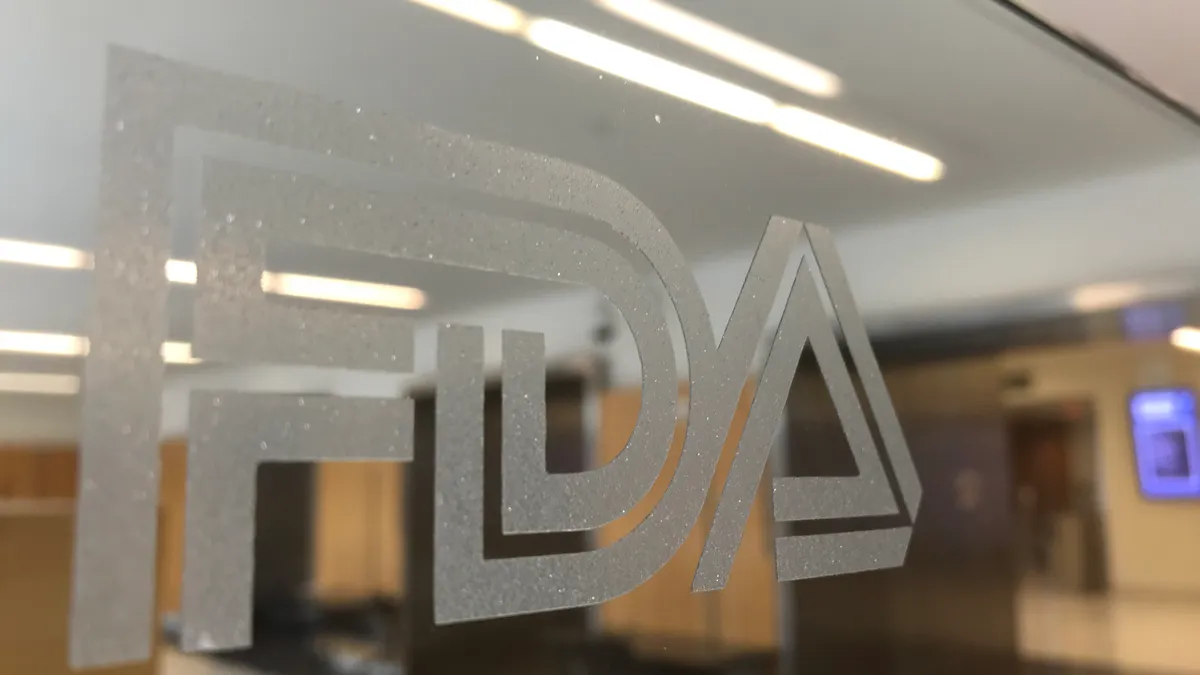Dive Brief:
- FDA has finalized its guidance on the marketing clearance of diagnostic ultrasound systems and transducers.
- The final text hews closely to the draft the agency issued in 2017, the core of which detailed its policy on 510(k) filings for diagnostic ultrasound technologies.
- In revising the draft, FDA has listened to feedback from the Medical Imaging & Technology Alliance, which called for the agency to clarify its position on 510(k) exemptions and confirm manufacturers would not be required to share confidential intellectual property.
Dive Insight:
The draft and final versions of the guidance retain FDA's established two-track approach to 510(k) filings, which divides up devices based on whether they conform to an International Electrotechnical Commission standard. In updating the 2008 text, FDA provided additional guidance on when a device modification is exempt from 510(k) submission requirements.
Most of the additional guidance in the final text is unchanged from the 2017 draft, but FDA has made some revisions. Acting on feedback from MITA, FDA clarified that modifications to well-established ultrasound modes of operation listed in the guidance, such as speckle tracking, are exempt from 510(k) requirements. Technologies not on the list, such as shear wave elastography, are outside the scope of the exemption policy. MITA feared the original wording would cause confusion.
FDA also responded to MITA's concerns about the requirement for manufacturers to provide "equations or algorithms and assumptions" in operator manuals. The final text adds the caveat that manufacturers need only include these details "when it does not reveal proprietary information."
Other MITA-prompted changes include amendments to sections on transducer element checks. The final text features new paragraphs stating "the transducer performance test should be accessible by competent technical personnel."
MITA’s feedback on an appendix addressing transducers made by parties other than original equipment manufacturers also made it into the final text. The trade group argued repaired products should comply with the same rules as reprocessed and remanufactured machines, leading FDA to clarify its approach to devices that are "processed, conditioned, renovated, repackaged [or] restored."
Elsewhere, the agency comments on the effect of the FDA Reauthorization Act on its ultrasound guidance. The act was signed into law shortly before FDA released the draft and was not mentioned in that version of the text. In finalizing the guidance, the agency added a section on the provisions of the act on ultrasound imaging and the use of contrast agents.












